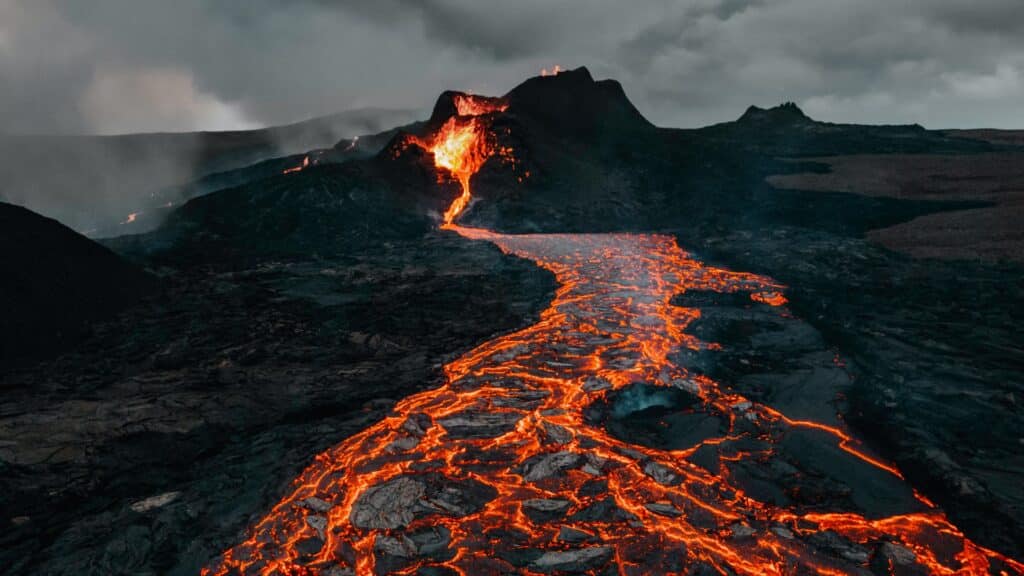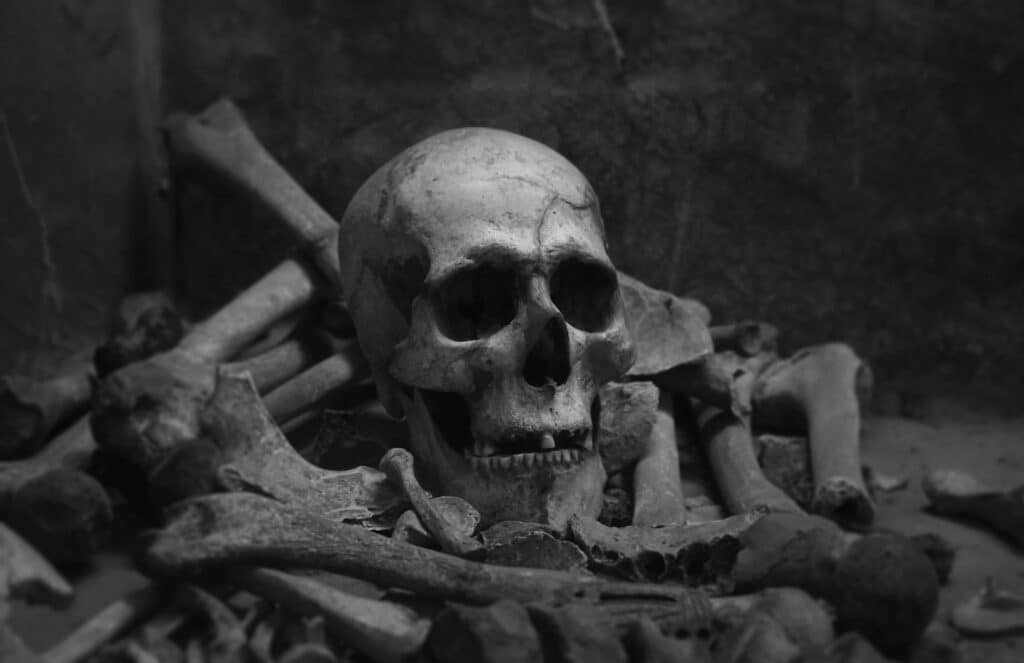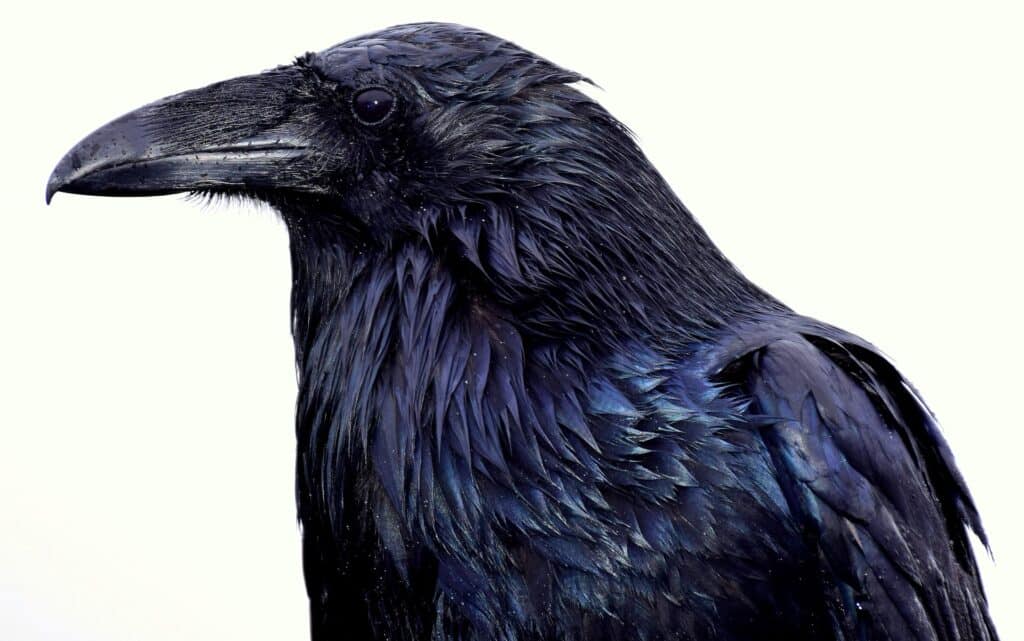There are a number of experts who believe that we have entered our sixth mass extinction event, with upwards of 500 land animal species expected to disappear over the next 20 years.

We’re going to commemorate this with a retelling of some Great Flood stories, but for those that missed the last five mass extinction events, a quick recap is in order.
Most recently, the Cretaceous–Paleogene extinction event which occurred approximately 66 million years ago saw three-quarters of the plant and animal species on Earth wiped out, perhaps by a comet or an asteroid.
The Triassic–Jurassic extinction event happened about 201 million years ago, possibly from some combination of climate change, volcanism, and maybe another big impact event. Plants did better this time, as did mammals and dinosaurs. Unfortunately about 20-30% of marine life was lost.
Going back 252 million years, we’ve got the the Permian–Triassic extinction event, and this was bad. The worst. Some folks actually call it “The Great Dying.” The culprits are speculated to be elevated temperatures and acidification of ocean water along with the displacement of oxygen because of massive amounts of carbon dioxide burping out of something called the Siberian Traps. It’s thought that over 80% of marine species and more than 70% of land animals were annihilated, along with just about all the bugs.
The Late Devonian extinction about 372 million years ago was an interesting one. About half of all life was wiped out. Scientists trot out the usual suspects (asteroids and volcanoes), but there was a twist! Plant life got really out of control, so much so that enough atmospheric carbon dioxide may have been absorbed by them to cause excessive global cooling and a catastrophic deep freeze.
The Ordovician–Silurian extinction event dates to 450 million years ago and could have been the result of global cooling from a gamma-ray burst (!) or global warming from volcanoes. The latter may have robbed the ocean of valuable oxygen, causing toxic metals in the ocean to dissolve and kill off over 80% of aquatic creatures.
The scientific record suggests that human beings first appeared around two million years ago, which would mean that what is happening now may be the first mass extinction event to involve our species.

But science isn’t our only reference point.
Many cultures around the world relate tales of extinction, often involving a massive flood. Abrahamic peoples are familiar with the story of Noah and his Ark, may God give him peace, and in this post I thought it would be interesting to touch on the flood narratives of some of North America’s indigenous people.
Among the Cree is the tale of Wisakedjak, a trickster hero who thought it would be a good idea to try and capture Great Beaver. All Wisakedjak had to do was build a dam across a stream to trap Great Beaver when he came out of his lodge.
Wisakedjak waited all day with his spear at the ready, watching the creek waters rise on account of his dam. Finally, just as the sun was going down, he saw the massive form of Great Beaver paddling his way toward him. But Great Beaver not only saw Wisakedjak, he also possessed powerful magic that he used to compel Muskrat to bite Wisakedjak just as he was raising his spear to throw. Muskrat’s teeth sank deep into the behind of Wisakedjak and the spear flew wide missing its mark. Great Beaver was unharmed, but very angry about the whole thing and settled on revenge.
Wisakedjak dismantled his dam to release the creek waters, but the water level stayed high. Great Beaver was working powerful magic to raise the creek higher and higher. He rallied all of beaver-kind, and together they made all the waters of the world rise and rise to flood every corner of the globe, allowing no escape for Wisakedjak. For two weeks they raised the water until there wasn’t a single spot of dry land anywhere. In great haste, Wisakedjak built a raft and brought a great number of other animals on board with him, including Muskrat who had no place to go.
Two more weeks went by, and the flooding continued with no sign of land anywhere. Muskrat, an able swimmer, left the raft to see what could be found. But with no place to rest, Muskrat drowned in the magical floodwaters.
Raven was with Wisakedjak on the raft and he took to the skies searching the entire world, but could not find any place to perch. And so Raven returned to the raft.

Of the many animals on the raft, Wisakedjak consulted with Wolf and they found that together they could make magic. For two weeks they made their magic on the raft and moss began to sprout from the soggy timbers. The moss continued to grow and Wolf ran around and around causing the moss to grow beyond the raft to become expanding earth. And in this way the raft became an enormous land mass.
But even now, water will seep up through the ground to show us where the cracks in the raft used to be.
I’ll share more flood narratives in the future. They are wonderful to read, and here is an interesting tidbit from the Bible that seems to intersect with a portion of the Cree narrative:
After forty days Noah opened the window he had made in the ark and sent out a raven. It kept flying back and forth until the waters had dried up from the earth.
Genesis 8:6-7
I think that is so fascinating. In the Biblical account, the raven comes back after awhile, with some suggestion that it had actually found land. However, Noah later sends a dove who eventually comes back after a few unsuccessful outings with an olive branch, a definitive sign that the waters were receding.
Anyway, there are still a couple of spots available for D&T Grrrl!, our Santa Cruz Island Adventure for women. Assuming this current mass extinction will involve some flooding, this might be a great opportunity to get comfortable on a boat.
Leave a comment below for posterity or join us in the D&T Chautaqua Discord to discuss this post with other adventurous spirits from around the world.
Interesting that the worst mass extinction shares a lot of similarities to the one we are in…
Agreed! Global warming is real. The current insect apocalypse is pretty well documented. And the volcanoes have started . . .
Cue asteroids!
Kidding aside, it is frightening to recognize just how deep into the global recalibration we seem to be. None of these previous events ended planetary existence entirely, but they certainly did result in significant change and a whole lot of destruction.
God have mercy on us.